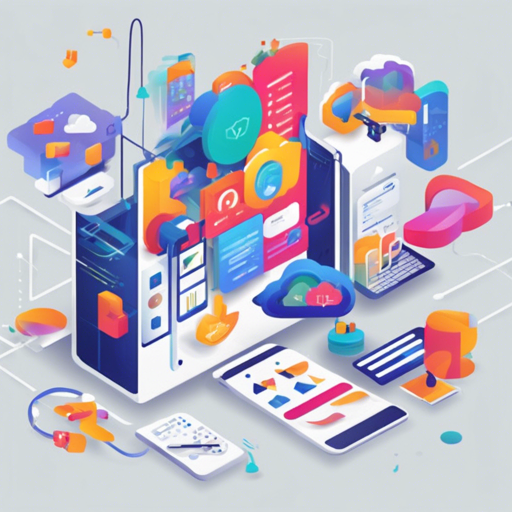Welcome to our guide on how to get started with CDAP (Cask Data Application Platform), an open-source framework designed to streamline application development in the Hadoop ecosystem. This tutorial aims to equip you with mindful insights and practical steps as you navigate this powerful platform.
What is CDAP?
CDAP acts as a layer atop Hadoop, integrating various components into a cohesive platform. It’s akin to a multi-tool that assists developers by providing essential capabilities such as:
- Data abstraction within the Hadoop environment.
- Portability of applications to enable flexibility.
- Faster application creation through built-in services.
- Seamless integration of Hadoop ecosystem components.
- Automated metadata management and lineage tracking.
- Intuitive CDAP pipelines for click-and-drag development.
- Best practices for operational control in production.
With CDAP, developers can handle everything from simple MapReduce jobs to complex data-intensive applications.
Prerequisites for Installation
Before diving into the installation of CDAP, ensure you have the following prerequisites:
- JDK 8+ – Essential for running CDAP.
- Node.js – Required for the CDAP UI, recommend any version greater than v4.5.0. You can download it from Node.js.
- Apache Maven 3.0+ – Necessary for building example applications.
How to Build CDAP
Building CDAP from the latest source code is straightforward:
git clone https://github.com/caskdata/cdap.git
cd cdap
mvn clean packageAfter the build completes successfully, you will have generated all modules for CDAP. This is like preparing a recipe where all ingredients are gathered and ready for cooking!
Running Your First Application
Once you have CDAP up and running, you can easily run an example application to see it in action. For a step-by-step tutorial, visit our introductory tutorial.
Troubleshooting Tips
While installing or using CDAP, you may encounter challenges. Here are some troubleshooting ideas:
- Double-check that your JAVA_HOME variable is set correctly.
- Ensure that your Node.js version meets CDAP’s requirements.
- If Maven encounters issues, make sure it’s properly installed and configured.
- If you face difficulties during the build process, consult the Developers Manual for guidance.
- In case of persistent bugs or features you wish to propose, file an issue on the CDAP issue tracker.
For more insights, updates, or to collaborate on AI development projects, stay connected with fxis.ai.
Next Steps
After exploring the CDAP Sandbox, consider diving deeper:
- Visit the Developers Manual for more comprehensive information.
- Keep an eye on CDAP Releases for updates and timelines.
Contributions and Community Engagement
CDAP thrives on community contributions. Whether through filing bug reports or submitting pull requests, you are welcome to enhance the platform. For a guideline on contributing to CDAP, refer to the Contributor Quickstart Guide.
At fxis.ai, we believe that such advancements are crucial for the future of AI, as they enable more comprehensive and effective solutions. Our team is continually exploring new methodologies to push the envelope in artificial intelligence, ensuring that our clients benefit from the latest technological innovations.

